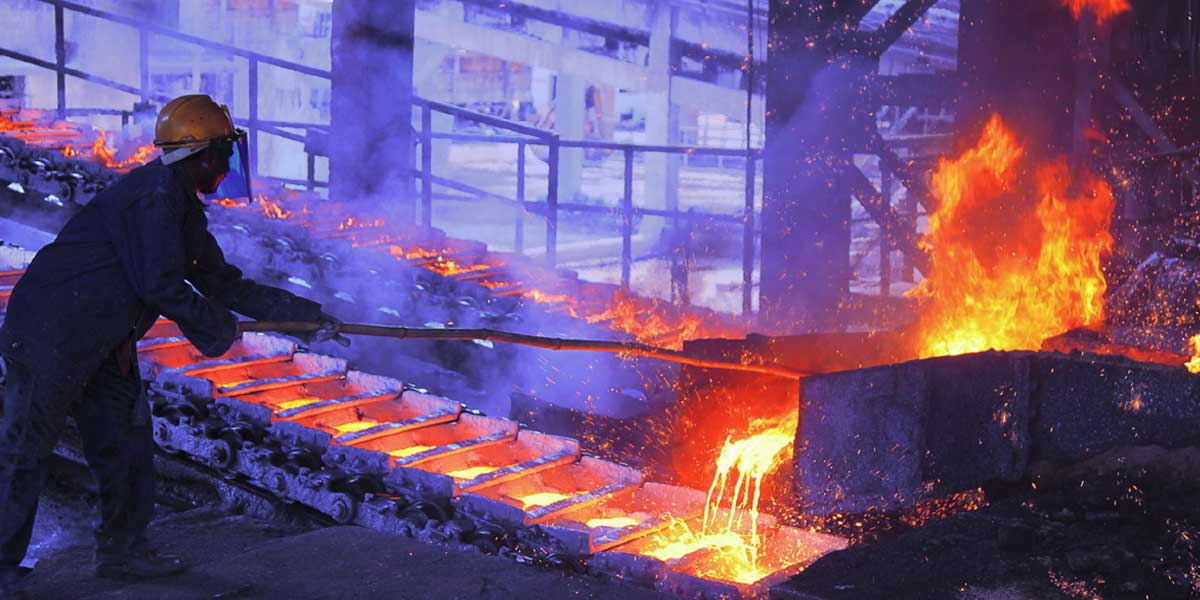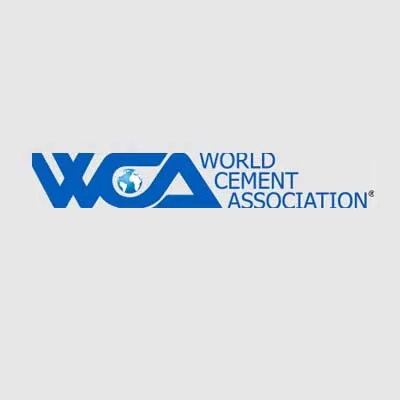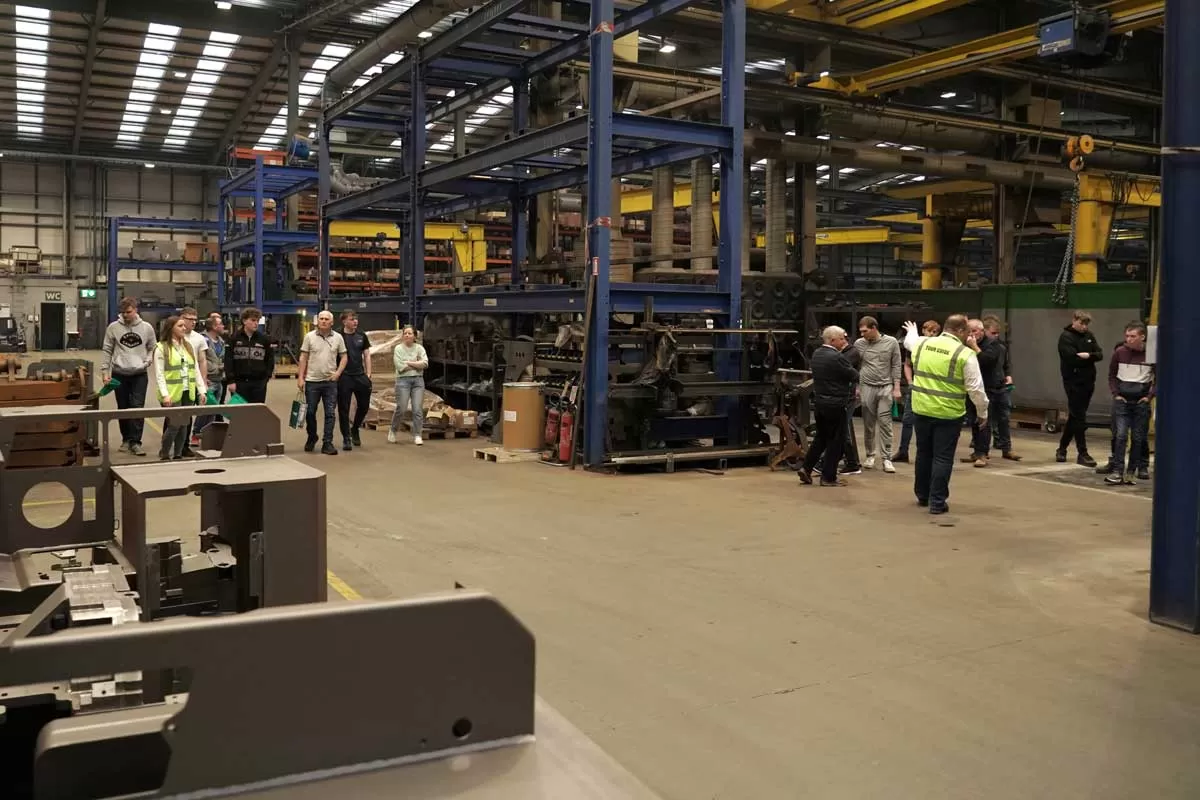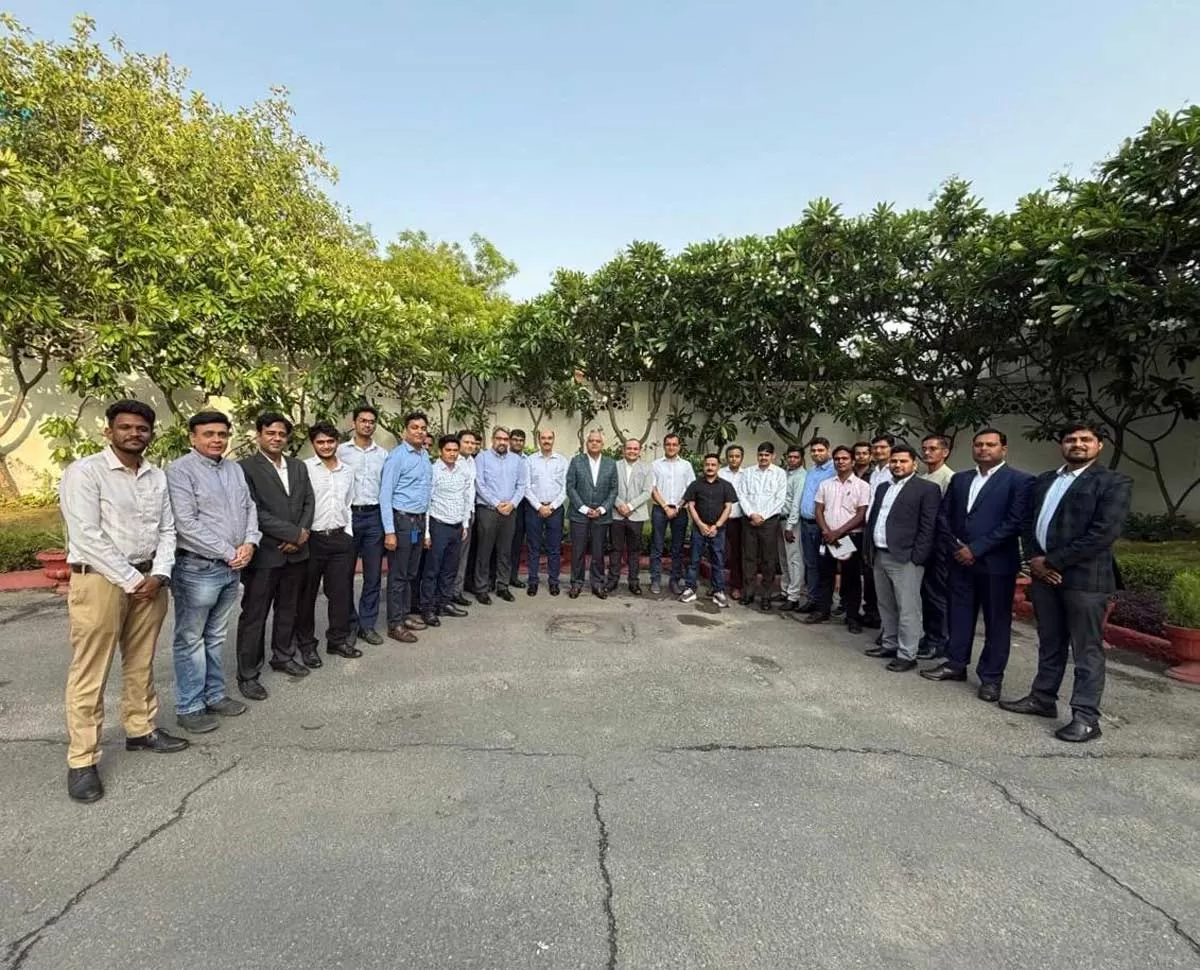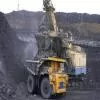While consumption of finished steel grew by 7 per cent year on year (YoY) in the December 2020 quarter, production of finished steel grew at a much slower rate of 0.8 per cent, according to a recent report by CARE Ratings. Finished steel consumption exceeded production by 735,000 tonne in the December 2020 quarter. As more segments of the economy return to normal operations following unlocking, demand for steel is expected to gain further momentum and become more broad-based over coming months. The report by CARE Ratings further states, “We expect steel consumption to fall by 8 per cent YoY to about 92 million tonne in FY21 against our earlier estimate of 16-18 per cent fall, considering that January-March is a seasonally strong quarter for the industry.”Ripple effect of the pandemicDemand for steel fell during the early months of the pandemic, prompting exports. Further, there has been a swift recovery in economic activity in India following the easing of lockdown restrictions and opening up of the economy. “The domestic steel industry witnessed sharp demand recovery driven by restocking and higher demand from the automotive, machinery, construction and infrastructure sectors aided by increased government spending,” says Seshagiri Rao, Joint Managing Director, JSW Steel and Group CFO. “The recovery in residential real estate and continued traction in commercial real estate is a bright spot, with scope for structural revival of the sector.”As plants were shut, for Zamil Steel India the experience was more from a consumption point of view than a manufacturing one. “From no demand initially, it started picking up when the plant was operational,” says Alakesh Roy, Managing Director, Zamil Steel India. “Also, prices have been going up owing to exports.”And Natasha Singh Sinha, Joint Managing Director, Mesco Steel, shares, “As we were hit by the pandemic, we had to shut down our plant as the working capital chain broke with the bank. Our plants are funded by buyer advances and supplier credit and a lot of units got affected at that time. So, at Kalinga Nagar in Odisha, where we are located, many plants of our size closed down at that time.” Mesco Steel is just about to start production in one of its factories. The company has two factories and both were shut either because of a problem with bank finance or the supply and buyer chain breaking at that point in time.Current capacities and demand in FY21-22Indian steel demand has picked up well on the back of the strong economic momentum. Domestic steel mills have significantly reduced exports to cater to this increased demand and steel imports have increased sharply recently. “On the back of this strong demand environment, JSW Steel improved average capacity utilisation level of ~91 per cent for the quarter vs. ~86 per cent in 2Q FY 2021,” says Rao. “Crude steel production during the period stood at 4.08 million tonne and standalone saleable steel sales at 3.90 million tonne.” He adds that domestic sales volume stood at 3.48 million tonne, an increase of 16 per cent quarter on quarter (QoQ) and 13 per cent YoY. The company calibrated its export volumes to 12 per cent of total sales at 0.47 million tonne to service the Indian market. It reduced inventories by 0.047 million tonne during the quarter and 0.473 million tonne during the nine months ended December 31, 2020. JSW Steel achieved its highest ever quarterly domestic volume of sales of flat products, propelled by strong demand of coated products. The proportion of higher margin value-added and special steel sales increased from 51 per cent in 2Q FY2021 to 57 per cent for 3Q FY2021. Crude steel production and standalone saleable steel sales volumes for nine months of FY2021 stood at 10.89 million tonne and 10.82 million tonne, respectively. The company is on course to meet the annual guidance of 15 million tonne of saleable steel sales; however, it is expected that crude steel production guidance achievement will be ~95 per cent mainly owing to constraints on iron ore availability in the country.In terms of demand in fiscal 2022, Roy sees steel being under huge stress if prices continue to be at the current level. “Lesser capex will be rolled out as costs go up; this is true for both steel and cement. This will have a huge impact on GDP growth in Financial Year 2023, he says, adding that current prices have gone up by almost 60 per cent over the lowest point during the year 2020. “This is an unsustainable level. Once the commodity prices of steel go up, the project cost goes up and the same has to be passed on to the product for which the capex was initially thought out. Hence, the product price goes up and consumption goes down.”“Increase in steel price is a derivative of two things,” elaborates Sinha. “One, a lot of units right now are shut down. Thus, there is no full capacity of production in the country. Large manufacturers are also producing 100 per cent capacity right now, because their working capital chains are in place. They are being able to fulfil that shortfall in supplies by producing 100 per cent. Shortage of iron ore is the second reason that price has been driven upwards. Owing to low availability, any iron ore manufacturer miner can demand any price. The steel company has to comply.” As more production comes back on line and closed manufacturing units open up, the real price will start setting in. Production lines and launchesFor its part, Zamil Steel did go on to invest quite a substantial amount of capex in 2020, according to Roy. “This benefitted us because we are now offering solutions across segments of the steel industry, and are not just restricted to PEB. We offer solutions to customers dealing with any kind of structures.” Further, he confirms that the company has launched new profiles. “We have upgraded our steel grades and reduced the weight of steel being consumed in any building; 7-10 per cent reduction in weight is what we have passed on to the customer. While we only offered 350 grade earlier, now we are also offering 410 to 450 grade, and have gone up to, say, 550 grade as well for certain applications.”For Sinha of Mesco Steel, the place where hope exists right now is infrastructure. “Banks are financing PSUs for infrastructure financing and they are trying to give out money for infra ventures. So, within our steel unit, we have a section mill that produces heavy sections, which is beneficial for infrastructure projects such as bridges, highways, ports and metro stations. If there is impetus by the government, a lot of steel will go towards infrastructure in the form of TMT or sections.”During 4Q FY2021, JSW Steel is scheduled to commence the commissioning of several of its other projects, as Rao elaborates: Dolvi: The expansion project at Dolvi from 5 mtpa to 10 mtpa steelmaking capacity is nearing completion. Full integrated operations and stabilisation will take place in 1Q FY2022.Vijaynagar CRM-1 complex capacity expansion: One of two continuous galvanising lines (CGL) has been commissioned, and the second will be commissioned by 1Q FY2022. An 8 mtpa pellet plant is under commissioning, with heating in progress. Vasind and Tarapur: All expansions (except 0.45 mtpa CGL at Vasind) will be fully commissioned by March 2021. An 0.45 mtpa CGL is to be commissioned in 1Q FY2022. Impact of ministry announcements Initiatives taken by Ministry of Steel include preparing a draft framework policy for development of steel clusters, introducing a steel scrap recycling policy and levying 30 per cent export duty on iron ore.Sinha sees the steel scrap recycling policy as a welcome move. “In the western world, there were blast furnaces earlier, which then became electric arc furnaces,” she says. “Now, the West pretty much does not have blast furnaces. In India, too, we should adopt electrical arc furnaces and utilise recycled scrap throughout because it is environment-friendly. It is efficient and you are recycling the same material.” She, however, sees the levy of 30 per cent export duty on iron ore as absolutely irrelevant to the macro scenario.Roy avers, “Levying 30 per cent export duty on iron ore has not helped the industry because it has led to an increase in iron ore prices, and this has directly or indirectly affected the steel prices going up.”While large players have ramped up production and operating at a high utilisation rate of 85 per cent, smaller players are still struggling owing to financial constraints and high iron ore cost. The recent report by CARE Ratings mentions that the ramp-up in production levels by smaller players is expected to be slow. This would keep the export share in the range of 5-7 per cent. And higher international steel prices will keep imports in check. Steel for real!India is the third largest consumer of steel in the world. There has been a growing preference for structural steel in the real-estate and construction sectors in the past few years owing to the evolving design of projects and the need to finish projects at a fast pace. Kolkata-based Eden Realty’s upcoming projects are mostly G+12 to G+30 storeyed towers. “The taller the buildings, the greater the steel consumption in the towers,” says Kumar Satyaki, Joint Managing Director, Eden Realty. He adds that in high-rise buildings, aluminium formwork is the most suitable technology for speed and quality, which further increases steel consumption. “Also, for some of the more ambitious and innovative designs in clubhouses or some commercial buildings, we often opt for structural steel structures over RCC structures.”New Delhi-based Omaxe is using a modular steel structure, sourced from JSPL, in the construction of its upcoming multilevel parking-cum-commercial project, Omaxe Chowk, in Chandni Chowk, Delhi. Jatin Goel, Executive Director, Omaxe, says, “Besides expediting construction and reducing project cycle time, this technology provides us with a lot of flexibility and more usable space to end-users.” He confirms that the company will be using structural steel in the construction of its future projects as well.On purchasesAt Eden Realty, the grade and configuration of steel are finalised on the basis of suggestions from the company’s structural consultants and results from the government-approved testing centre. “We had last purchased TMT bars in advance in October 2020 when we were rightfully suspecting an increase in steel prices,” shares Satyaki. “Currently, steel prices are at their highest and we are purchasing as per our requirement every two weeks to maintain construction speed at site.” The company’s monthly steel requirement is roughly 300-500 mt. Risks like a price rise have been factored in by Omaxe so as not to affect the construction timeline or increase in property prices. For Omaxe Chowk, the company ordered 7,000-8,000 mt of structural steel in knocked-down form from JSPL under an agreement signed in July 2020. “We have started receiving the supplies at site and installation is currently under progress on all three basements,” confirms Goel. “The supplies will come in a phased manner to meet the construction schedule.”Challenges of using steelThe recent increase in steel prices has certainly impacted companies. For Eden Realty, the impact has drastically been felt on its affordable housing projects. Satyaki explains, “We have stringent margins and steel constitutes almost 18 per cent of our raw construction costs.” Increase in steel prices has been more than 50 per cent over the past six months, which has not left any margins. “We are hoping for prices to reduce in the near future or we may be forced to increase our flat prices in coming months, which is not desirable in affordable housing. Luckily, we have not faced availability challenges yet; this would have further affected our projects in terms of timeline and affordability.”Also, as there are only a few producers of high-grade structural steel (450MPa) in India, Goel says, “There is often a demand-supply mismatch, affecting both availability and prices considering the huge construction activity going on in the country at any point of time.” For Omaxe Chowk, the company has ensured constant supply and pricing throughout the tenure of the agreement so as not to interrupt construction activity and thereby avoid any delay in the project’s delivery, which is scheduled in July 2022.Where is demand headed?High-rise developments have been rising at a steady pace in Kolkata and Satyaki expects to see an increase in innovative architecture and challenging designs, which would completely change the Kolkata skyline in the new decade. “Structural steel is going to play a major role in these constructions and, hence, demand is certainly going to increase,” he says. However, he emphasises that the rise in steel prices is the most pertinent problem faced by developers and needs to stabilise as soon as possible. “Apart from this, we have been seeing high percentages of rolling margins of late, which needs to be addressed.”“There is a definite and ever-rising demand of structural steel; therefore, steel producers must brace for this demand, especially in higher grade steel,” says Goel. He also agrees that high steel prices are making infrastructure projects unviable. “Recently, Union Road Transport Minister Nitin Gadkari also discussed the issue of rising prices and cartelisation with the Prime Minister and the PMO, and called for regulating the sector. To achieve the Prime Minister’s dream of making India a $5 trillion economy, the infrastructure sector, including steel and cement players, must work in tandem.” - SHRIYAL SETHUMADHAVAN To share your views on the market for Steel, write in at Feedback@ConstructionWorld.in
